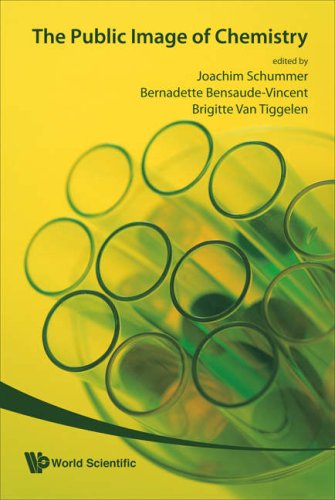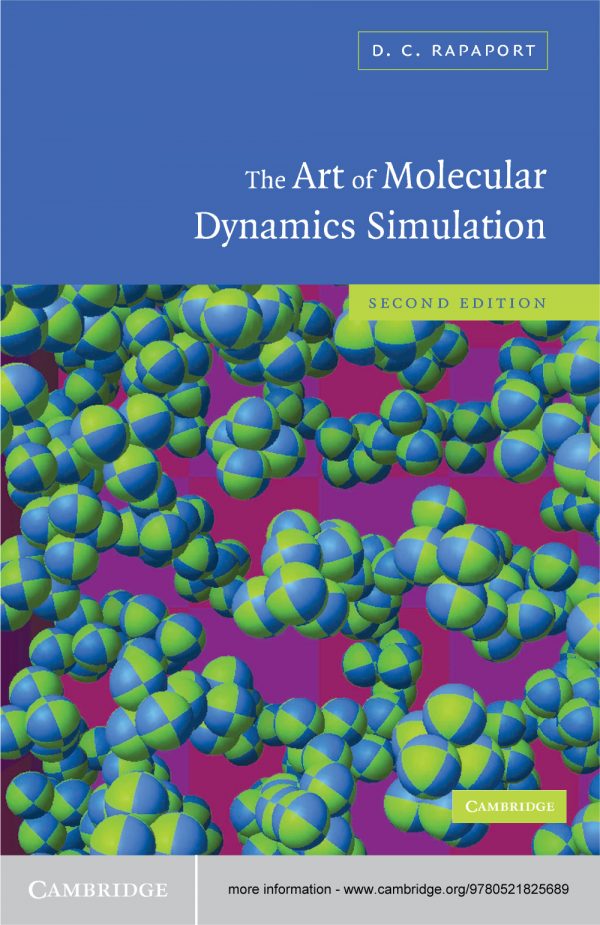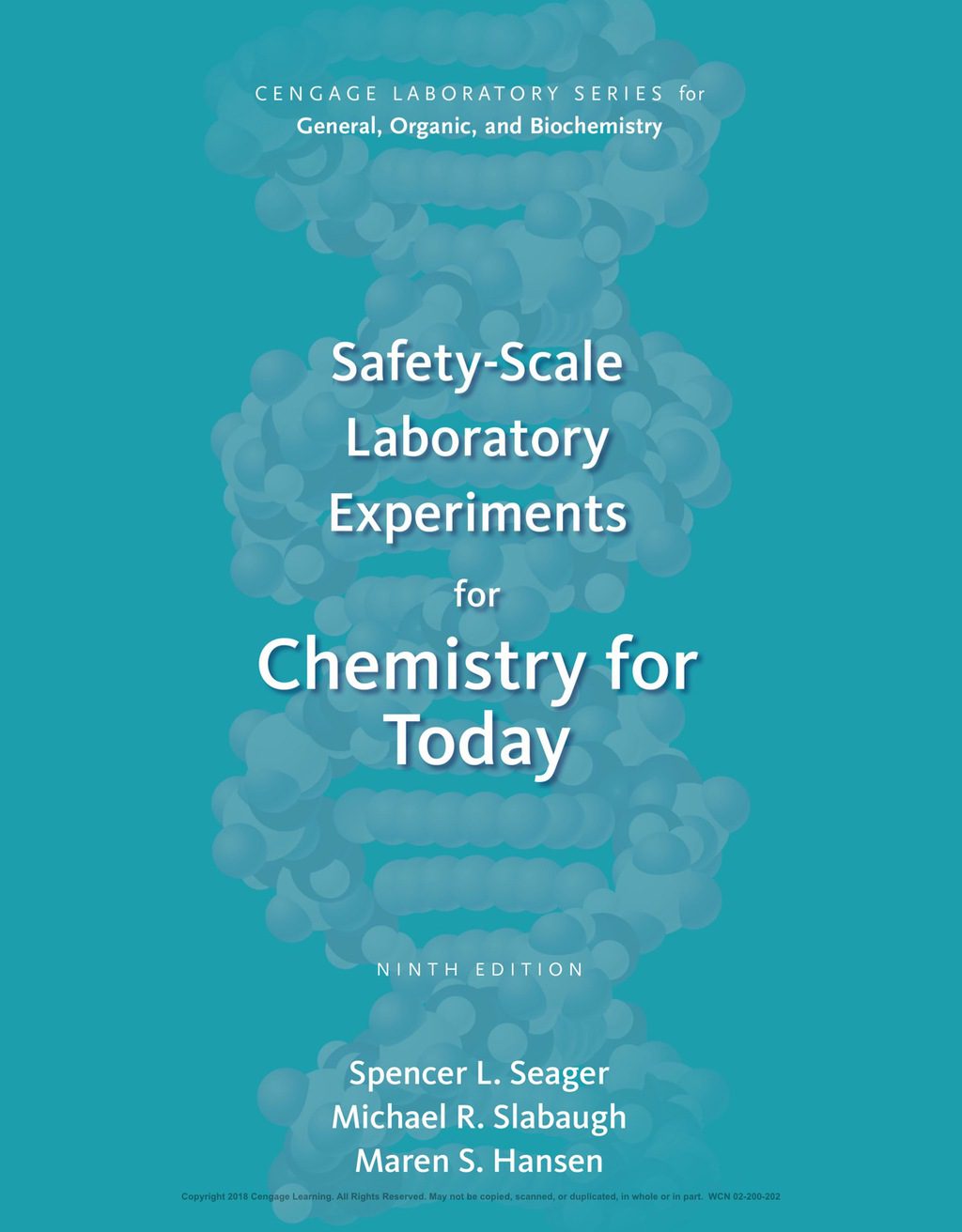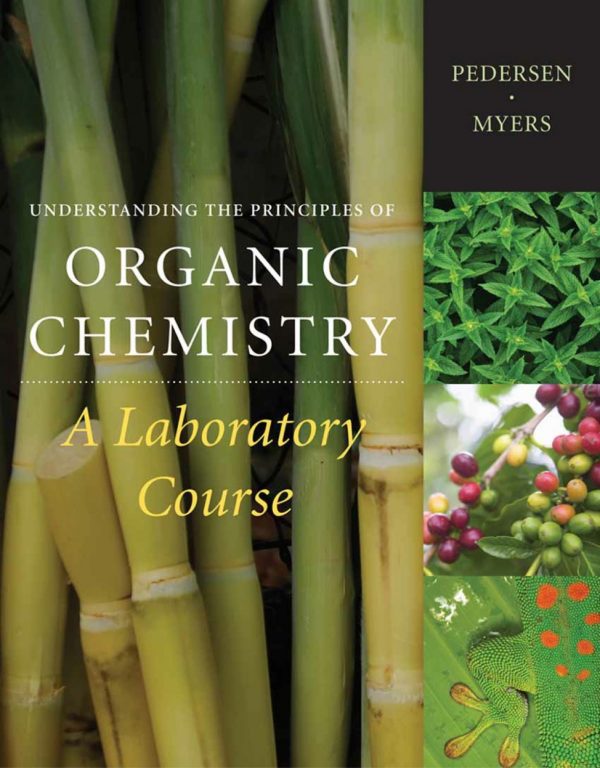Joachim Schummer9789812775849, 9812775846
Table of contents :
Part 2: Self-Images in Chemistry Popularizations……Page 6
Introduction Joachim Schummer, Bernadette Bensaude-Vincent & Brigitte Van Tiggelen……Page 8
1. Introduction……Page 14
2. The Popular Appeal of Alchemy……Page 15
3. The Public Image of Alchemists……Page 18
4. Prototypes of the Alchemist in Literature……Page 19
4.1 Faust……Page 20
4.2 Frankenstein……Page 21
5. The Endurance of the Alchemist Stereotype……Page 26
6. Terror and Desire……Page 40
7. Conclusion……Page 41
References……Page 42
1. Introduction……Page 44
2. Preliminary Notes about the Medieval Alchemist in the Literature……Page 48
3. Renewing the Discourse about the True Alchemy in Christian Romanticism……Page 50
4. Reinventing the Medieval Alchemists in a Discourse about Chemistry……Page 53
5. Chemists against God, I: Materialism and Nihilism……Page 62
6. Chemists against God, II: Hubris and the ‘Mad Scientist’……Page 69
7. Conclusion……Page 82
References……Page 84
1. Introduction…….Page 88
2. Popular Myths of Scientific Knowledge……Page 91
3.1 Note on methodology……Page 94
3.3 Settings of research……Page 95
3.4 How knowledge is gained……Page 96
3.5 Dangerous discovery/invention……Page 97
3.7 Depictions of scientists’ characters……Page 98
3.9 Utopias and dystopias of science – objects of fictional science……Page 99
3.10 Authenticity……Page 100
3.11 Preoccupation with the past – alchemy……Page 101
4. Conclusions……Page 102
References……Page 103
1. Introduction……Page 104
2. Levi’s Legacy……Page 107
3. Home Truths about Chemistry……Page 109
4. Corporate Gain, Public Loss?……Page 117
5. Portentous Polymers……Page 123
References……Page 128
1. Introduction*……Page 130
2. Who are the Public?……Page 131
3. What Used to Happen?……Page 132
4. Hands-off to Hands-on?……Page 134
5. Publications……Page 135
6. Professions, Specialization, and Popularizing……Page 136
7. The Unpopularity of Chemistry……Page 138
8. Conquering or Worshipping Nature?……Page 139
References……Page 141
1. Introduction……Page 144
2. A Break in Liebig’s Trajectory……Page 145
3. 1837: The Crucial Year……Page 147
4. 1840: The Turning Point……Page 149
5. The Instruments of Popularization……Page 151
6. Conclusion……Page 155
References……Page 156
1. Introduction1……Page 158
2. Wonders of Nature……Page 161
3. Science Popularization in the Eighteenth Century……Page 162
4. Half a Century Too Late?……Page 164
5. Chemistry for Women, Children, and the Common People……Page 165
6. Evening Schools and Sunday Schools……Page 168
7. Affordable and Illustrated Books for all Classes……Page 170
8. 1845-1865: Period of Flowering and Transition……Page 175
9. Mulder and Gunning……Page 180
10. Wonders of Technology……Page 184
11. Conclusion and Outlook……Page 185
References……Page 187
1. Introduction……Page 194
2. The American Context and the Origin of the Text……Page 196
3. Morrison and the ‘Agora’ of Popular Writing……Page 198
4. Leon Söderston, the Illustrator……Page 202
5. The Use of Metonyms……Page 203
6. The Evolving Image of the Scientist in the White Lab Coat as Scientific Icon……Page 204
7. The Artistic Style of the Illustrations……Page 207
8. Key Images of Chemistry and Chemists……Page 208
9. Conclusion……Page 215
References……Page 217
1. Introduction……Page 220
2.1 Uroscopy becomes an emblem of medicine……Page 222
2.2 Uroscopy becomes a symbol of quackery and fraud……Page 225
2.3 From quack medicine to alchemy……Page 226
2.4 Satire continues……Page 228
2.5 Portraits of nineteenth-century chemists and their twentiethcentury transformation……Page 229
3. Chemical Plants: The Panoramic View……Page 233
3.1 Industrial landscape: historical traditions……Page 234
3.2 Chemical plants as architectural photographs……Page 236
3.3 Chemical plants as sublime landscape……Page 239
3.4 Chemical plants as kitsch……Page 241
4.1 Chemical plants: close-up view……Page 243
4.2 Glassware: the chemical still life……Page 246
5. Conclusion……Page 250
References……Page 251
Images……Page 255
Part 3: Mediated Images……Page 7
1. Introduction……Page 266
2. Origins: A New Institution for a Changing Market……Page 269
3. Staffing, Credentials, and a Fight for Control……Page 274
4. Constructing the Daily News about Chemistry……Page 278
5. Chemistry on the Airwaves……Page 284
6. Chemistry in Department Store Windows……Page 292
7. Conclusion……Page 299
References……Page 301
1. Introduction……Page 304
2. History of Chemistry at the Science Museum……Page 306
3. Gallery Development at the Science Museum……Page 310
4. The Image of Chemistry Presented by Science Museum Galleries……Page 314
4.1 The Western Galleries, 1890-1916……Page 315
4.2 Chemistry in the East Block, 1925……Page 317
4.3 The 1977 Redisplay……Page 319
4.4 ‘Chemistry of Everyday Life’, 1999……Page 322
5. Chemistry in the Deutsches Museum……Page 324
6. Conclusions……Page 328
Acknowledgements……Page 331
References……Page 332
1. Introduction……Page 336
2. Academic and Industrial Chemistry……Page 339
3. The 1950s: Rise of the Research University and Chemistry……Page 340
4. The 1960s: The NMR Revolution……Page 344
5. The 1960s: Chromatographic Takeover and Other Laboratory Changes……Page 350
6. The 1970s: Acquiring Environmental Consciousness……Page 354
7. The 1980s: Mystique of Growth……Page 357
8. The 1990s: Attempts at Rebranding……Page 359
9. Conclusions……Page 364
References……Page 366
Biographical Notes on the Contributors……Page 376
Acknowledgments……Page 380
Index of Names……Page 382







Reviews
There are no reviews yet.